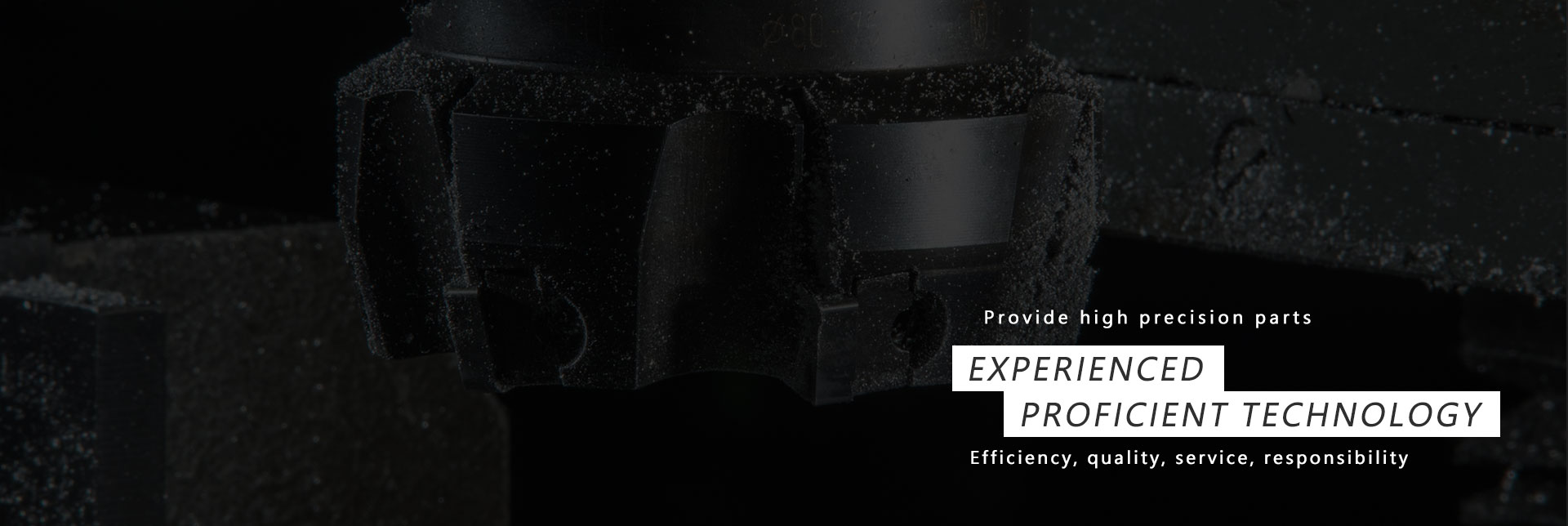
Metal processing is abbreviated as metalworking, which is a process technology for processing metal materials into independent parts, components, or large structures. Metalworking is a science, art, hobby, industry and trade. Its historical roots span cultures, civilizations and thousands of years. Metal processing has evolved from the discovery of smelting various ores, producing useful tools and decorative metals with toughness and ductility.
Forging is a processing method in which lathe processing plants use forging machinery to apply pressure to metal blanks to produce plastic deformation to obtain forgings with certain mechanical properties, certain shapes and sizes. Forging can eliminate the as-cast looseness of metal during the smelting process. The mechanical properties of forgings are generally better than those of castings of the same material due to the preservation of complete metal streamlines. For the important parts of related machinery with high load and severe working conditions, forgings are mostly used except for simpler shapes that can be rolled, profiles or welded parts.
Calendering is the most commonly used method in metal processing plants. In metal processing plants, it refers to the process of shaping metal ingots through a pair of rollers. If the temperature of the metal exceeds its recrystallization temperature after rolling, the process is called "hot rolling", otherwise it is called "cold rolling". Although modern metal processing processes are diverse and professional, they can be classified as forming, cutting or joining processing.


